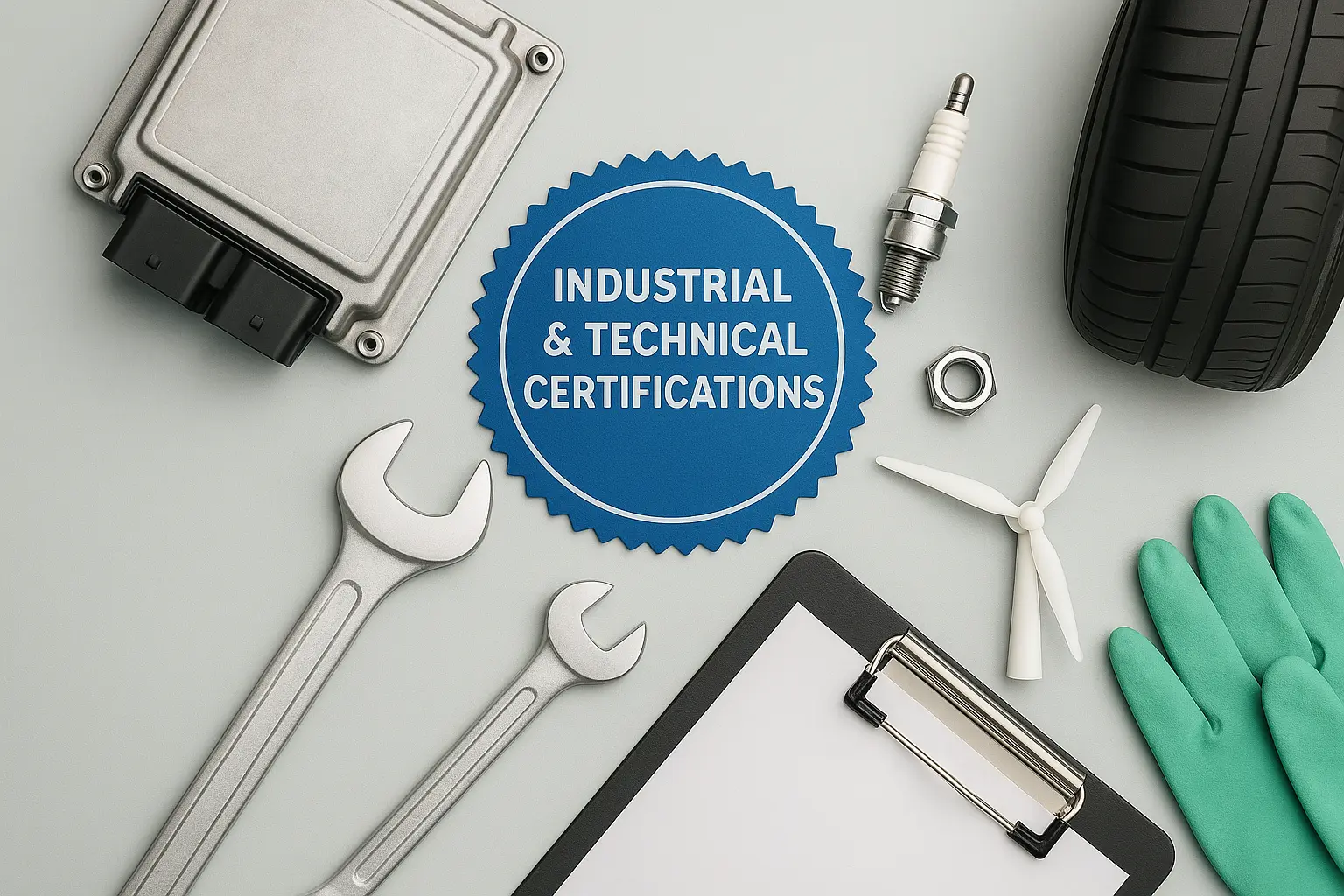ASTM E213 Ultrasonic Examination of Metals Certification
The ASTM E213 standard provides a framework for conducting ultrasonic examinations on metals to detect flaws and assess the integrity of materials. This certification is essential in industries where quality, safety, and compliance are paramount. The examination utilizes ultrasonic waves that interact with the material being tested, producing reflections at interfaces or discontinuities within the material. By analyzing these reflections, defects such as cracks, porosity, or inhomogeneities can be identified.
Ultrasonic testing is a non-destructive method, meaning it does not alter or damage the material during inspection. This makes it particularly suitable for critical applications where maintaining structural integrity and safety is crucial. The ASTM E213 certification ensures that individuals possess the necessary skills to perform these tests accurately and reliably.
The certification process involves both theoretical knowledge and practical application of ultrasonic testing techniques. Candidates must demonstrate proficiency in setting up equipment, interpreting results, and ensuring compliance with ASTM standards. This includes understanding the principles of wave propagation, material properties, and defect interpretation.
For those working in sectors such as aerospace, automotive, and manufacturing, this certification is a valuable asset. It ensures that quality managers, compliance officers, R&D engineers, and procurement professionals can trust the results of ultrasonic examinations. By adhering to ASTM E213 standards, organizations can enhance their product reliability and safety.
The ASTM E213 standard specifies the requirements for ultrasonic testing equipment, personnel qualifications, and examination procedures. It covers various aspects including probe selection, coupling conditions, and flaw evaluation criteria. The certification ensures that individuals are proficient in using these tools and interpreting the results accurately.
Compliance with ASTM E213 standards is not only beneficial for individual professionals but also for organizations seeking to maintain high-quality standards across their processes. By offering this certification, laboratories contribute significantly to the integrity of materials used in critical applications.
The certification process typically involves several stages: initial training, practical testing, and evaluation by experienced assessors. Candidates must pass both written examinations and hands-on tests to demonstrate their competency in ultrasonic testing techniques. This rigorous approach ensures that only those who meet strict criteria are awarded the certification.
For organizations, obtaining personnel certified according to ASTM E213 standards can lead to improved quality control and enhanced safety measures. These professionals play a crucial role in ensuring that materials used in manufacturing processes meet stringent requirements set by industry standards.
Applied Standards
| Standard | Description |
|---|---|
| ASTM E213 | This standard specifies the requirements for ultrasonic testing of metals to detect flaws and assess material integrity. |
| ISO 5840-1:2016 | International standard for non-destructive testing using ultrasonic methods. |
| EN 377 | A European standard detailing the qualification and assessment of personnel performing non-destructive testing. |
The ASTM E213 certification aligns with other international standards like ISO 5840-1:2016, which provides a comprehensive approach to ultrasonic testing. Additionally, EN 377 ensures that personnel involved in non-destructive testing meet the highest qualification levels. These standards collectively contribute to maintaining consistent and reliable practices across different regions.
Why Choose This Test
The ASTM E213 ultrasonic examination of metals certification is a critical tool for ensuring the quality and integrity of materials used in various industrial applications. By choosing this test, organizations can enhance their product reliability and safety standards.
This method offers several advantages over other non-destructive testing techniques:
- High sensitivity to defects
- No damage to the material during inspection
- Rapid evaluation of large areas
- Accurate measurement of thickness variations
The high sensitivity makes it possible to detect even minute flaws that could compromise structural integrity. The non-destructive nature ensures that materials remain intact after testing, preserving their usability for further processes or end applications.
Rapid evaluation allows for efficient quality control and reduces downtime in production lines. Accurate thickness measurements help maintain consistent product dimensions, which is crucial in precision manufacturing sectors like aerospace and automotive.
By investing in ASTM E213 certified personnel, organizations demonstrate their commitment to excellence and compliance with international standards. This certification not only enhances internal processes but also builds trust among clients and regulatory bodies.
Use Cases and Application Examples
The ASTM E213 ultrasonic examination of metals certification has diverse applications across various industries:
- Aerospace Industry: Ensuring the integrity of critical components like turbine blades, engine parts, and structural frames.
- Automotive Manufacturing: Detecting flaws in engine blocks, transmission cases, and other vital assemblies.
- Construction: Evaluating the quality of large structural elements such as beams and columns.
In aerospace applications, ultrasonic testing is used to identify potential failures that could lead to catastrophic incidents. For instance, cracks in turbine blades or engine housings can be detected early through this method. In automotive manufacturing, defects in complex components are identified before assembly, ensuring product reliability.
The construction industry benefits from ASTM E213 certified personnel by guaranteeing the quality of structural elements that bear significant loads. This ensures safety and compliance with building codes and regulations.
These examples illustrate how ASTM E213 ultrasonic examination is integral to maintaining high standards in critical industries. By adhering to this certification, professionals contribute significantly to enhancing product reliability and safety across various sectors.





